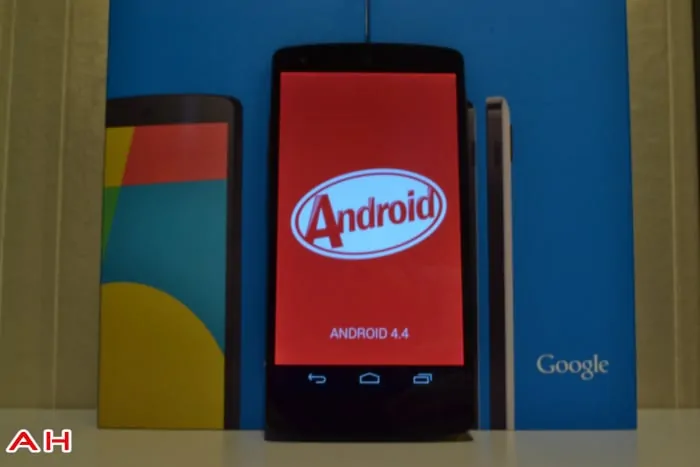If you’re like me, you’ve probably been using Android since almost the beginning. My first Android device was actually the Motorola DROID on Verizon. I believe it launched with Android 2.0 – Eclair. And I’ve been using Android ever since. Many of you have probably noticed the huge changes Android has gone through over the past 3-4 years. From the UI, to the features to everything under the hood. The engineers working on Android over at Google believe that the OS has now mature and they’ve achieved “feature parity” with the competition. Which sounds about right.
Now that feature parity is achieved, Google has begun to turn it’s efforts to other aspects of the operating system to make it better. Google has focused on the performance in Android starting with Jelly Bean, by introducing Project Butter. Which you’ll probably hear about in every Android version here on out. Project Butter was to make the OS faster and smoother, and it really has achieved that goal, but that doesn’t mean Project Butter is done. Now in Android 4.4, Google turned it’s attention to “Project Svelte” to decrease the memory footprint Android uses. “We were kind of joking that when I started the first thing that I was working on was Project Butter to make the system smoother. The thing is, butter puts on weight. So then I did Project Svelte to lose weight, so now my contribution to Android is basically zero.” That’s a direct quote from Dave Burke, who is head of Engineering for Android at Google, in a recent interview with ReadWrite.
So how exactly did Project Svelte help Android 4.4? Well for starters, Android 4.4 can now run on devices with as little as 512MB of RAM. This is how Google is looking to get rid of those phones that are still running Gingerbread and even Froyo. Since Android 4.0 – Ice Cream Sandwich needed 1GB of RAM to run smoothly. The team did many things to slim down the OS. “The goal of Project Svelte was basically to reduce the memory footprint to fit into 512 megs. The way we did it by the way, which we didn’t talk about, was to take a Neuxs 4 and adapted it to run at 512 megs.” According to Burke. They also went ahead and adapted the resolution to a qHD display which is 960×540, since that’s where most entry level phones are. They also also reduced the Nexus 4 from four CPU’s to just two. Burke also stated that it was pretty painful to start and was even broken. Google had four objectives:
“Reduce the footprint of the system, Reduce the footprint (memory usage) of the apps that run on a Google Experience (Nexus) device, Fix how apps react and crash during bad memory situations, Provide better measurement and instrumentation of how apps are running in Android so developers can see how memory-conscious their apps are.”
So in the next few updates, I wouldn’t expect a lot in terms of new features. But plenty more of under-the-hood changes. Which is definitely going to help us out. You can read the rest of the interview/report from ReadWrite.

